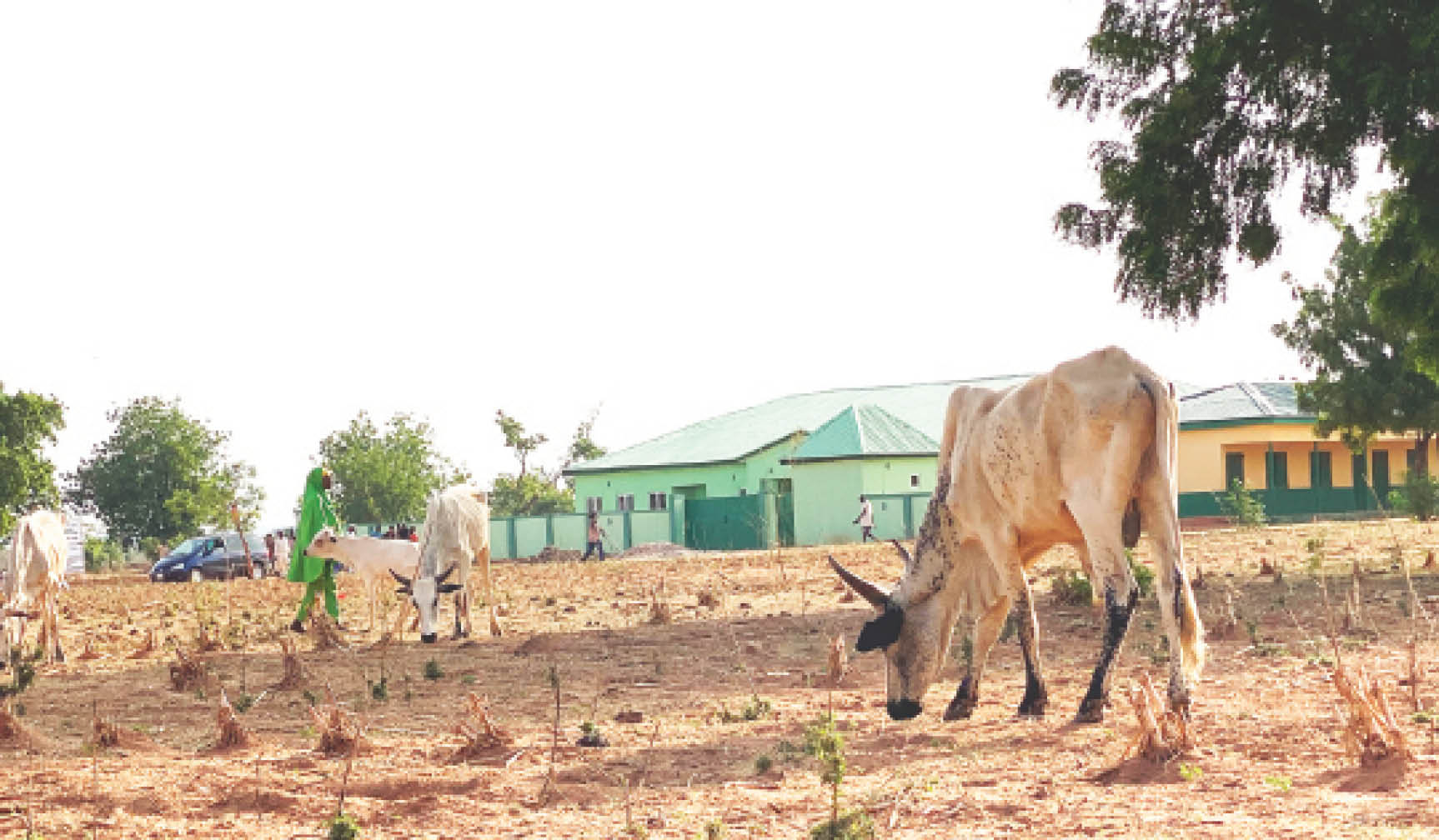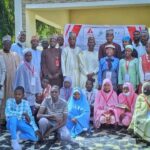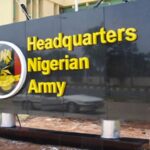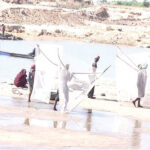One of the major interventions by the federal government to stop the farmers-herders clashes is the RUGA (Rural Grazing Areas) ranching system, which allows the provision/development of facilities within gazetted grazing reserves across many states.
This is part of the country’s National Livestock Transformation Plan (NLTP) approved by the National Executive Council (NEC) on January 18, 2019. It is designed to gradually attract the herders, who have abandoned the grazing reserves because of the absence of water, pasture, veterinary/human clinics and schools in search for greener pastures, creating fierce competition for resources that mostly ended in a bloodbath.
- Reps move to give Amotekun, Ebube Agu legal backing
- Sunrise files $400m suit over botched Mambilla power deal
Under the 2020 Special Intervention Project, the federal government through the Federal Ministry of Agriculture and Rural Development began implementation of the scheme across states with infrastructural development in some of the grazing reserves.
In Gombe, over 110 livestock households with over 10,000 animals have already settled in the 141,000- hectare Wawa-Zange Grazing Reserve which has a capacity for two million cows, according to the state Commissioner for Agriculture, Alhaji Muhammad Magaji.
Some facilities like clinics for the people and schools have been completed and equipped. Others at an advanced stage of construction are the veterinary clinics, dams and boreholes for the irrigated pasture plots.
The state also employed 16 reserve rangers to provide security but Adamu Sa’adu, 28, believes integrating the youths who are residents of the reserve into the security architecture will give them more sense of belonging.
The Sarkin Fulani, Adama Hassan and Ardo Fulani Idrissa Alhaji Sudan, said the development of the grazing reserves marks a new dawn for them.
“Usually we move around because of lack of water and pasture but with this renewed efforts by the federal and state governments, we will not have to move again. This is good for our safety and the safety of our animals,” Ardo Alhaji Sudan said.
Although the veterinary clinic and dams are nearing completion, the site supervisors deployed by the state are not comfortable with the quality of work and called on the federal government to call the contractors to order.
When completed, the 141,000-reserve, which is one of the largest in West Africa, will have more than three earth dams, 18 boreholes, more human and veterinary clinics, milk processing centres and irrigated pasture sites to make the site habitable for livestock communities.
In Borno State, about 23 contractors are working at the Ngarannam Livestock Ranching (RUGA) settlement, which sits on 2000 hectares in Mafa Local Government Area.
Within the reserve, construction of 20 1-bedroom housing units, 12 numbers of 2-bedroom units and 5 numbers of 3 bedrooms for the Ardos (leaders of the herders) is going on.
Three earth dams are under construction with each having capacity for 12 million litres, a 10-hectare irrigated pasture plot for growing fodder, a hammer mill for feed formulation and a silage bunker including a 20km access road within the ranch.
In terms of facilities, veterinary and human clinics, three blocks of two classrooms for school and a milk collection and processing centres are under construction.
To deal with the insecurity headache in the area, 1.5km fence has been erected with an entrance gate and 11.2km trenches dug to prevent criminals from gaining ease access to rustle animals.
Goni Muhammad, Special Adviser to the Governor on Animal and Fisheries Resources, stated that about 90 bulls and 250 rams for fattening would be distributed to the families as many of them have lost their animals to the insurgency.
In terms of feed, 2,000 bags (25kg) of feed and 1,000 cartons of mineral salt lick for the animals would be distributed when the commissioning of the project is done.
Speaking at the project site with journalists, the Commissioner for Agriculture, Mrs Juliana Bitrus, who has been redeployed to the Ministry of Health, said the project would solve many problems, especially the herders-farmers’ conflict.
“In Borno State, having this settlement will go a long way in reducing the issue of insurgency because we will have our herders in the same settlement whereby their cattle will not be rustled and clashes on the farm will not be there.
“I know this RUGA settlement will go a long way in boosting our economy. We’re going to have milk collection centre facilities here. Anybody that wants to get or sell his milk will have to come down to Ngarannam livestock settlement and it will boost the market.
“The other thing is that more of such is going to be done in the three senatorial zones of the state. One is going to Askira Uba local government in Southern Borno. This one here now is in Central Borno and we are going to have it in Northern Borno.
“By the time we have three of these grazing areas we would not be thinking of any conflict or any support by anybody in terms of our livestock and they would not have to go out,’’ she said.
The federal government is targeting hundreds of households. It has trained the wives and their children in hygienic milk collection and the heads of the households in pasture and fodder development to take care of feed for their animals.
Vincent A. Yusuf, who was in Borno, Gombe

 Join Daily Trust WhatsApp Community For Quick Access To News and Happenings Around You.
Join Daily Trust WhatsApp Community For Quick Access To News and Happenings Around You.


